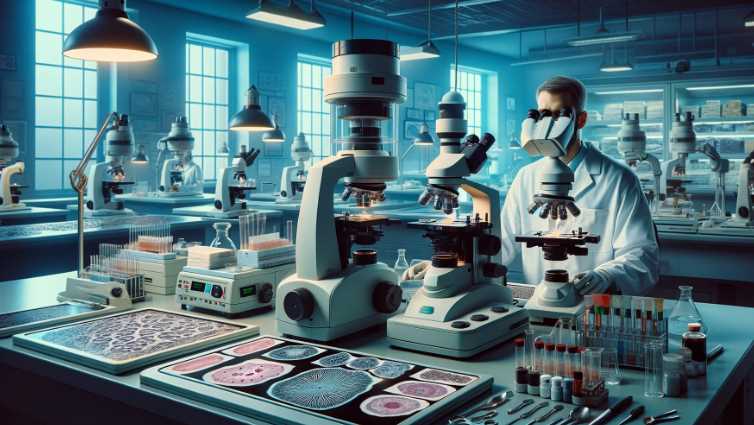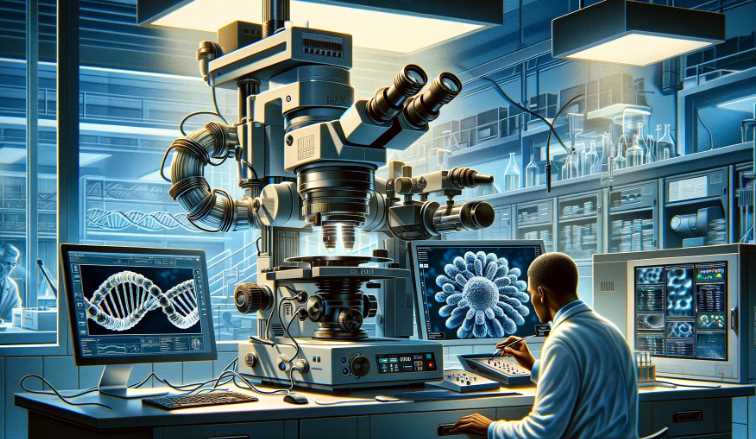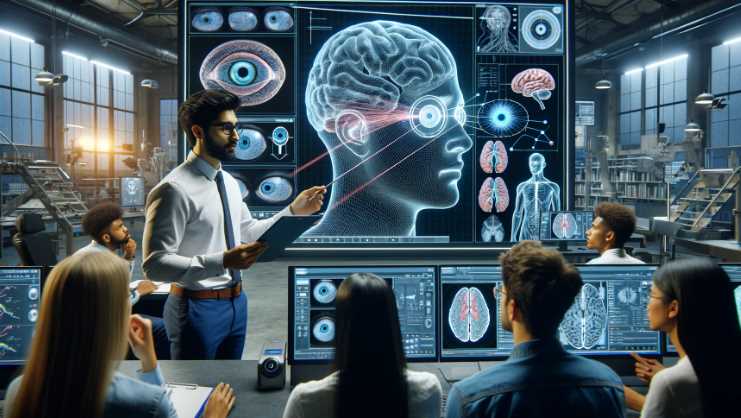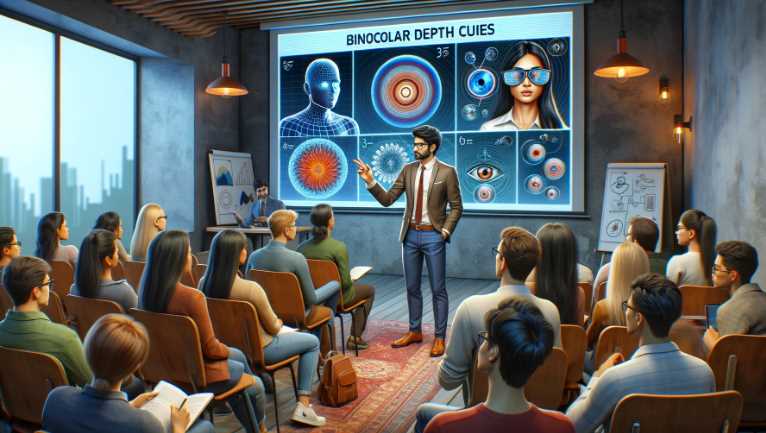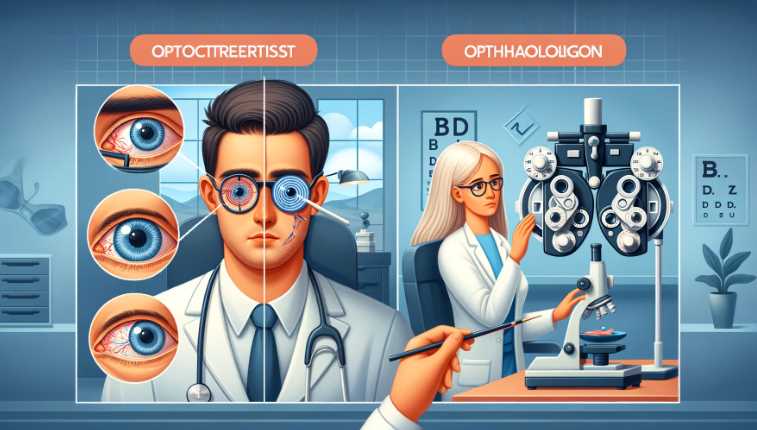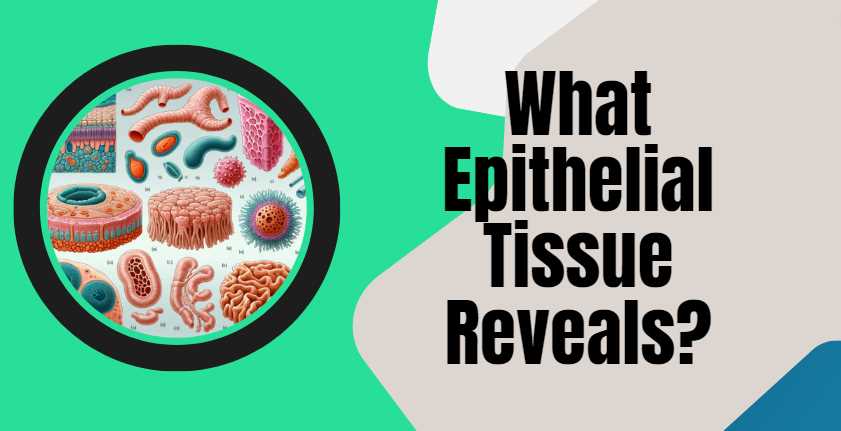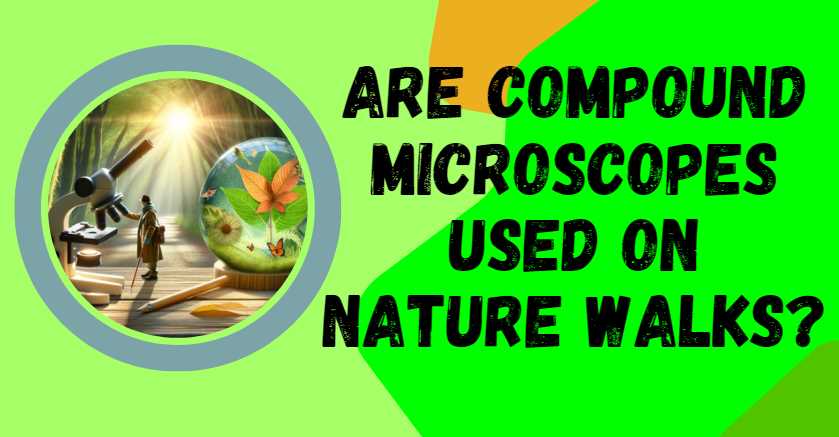Navigating Histological Landscapes with Microscopic Precision: Microscopes for Histological Studies
Histology is a crucial aspect of biological research and medical diagnosis, as it involves the microscopic examination of tissue samples. To conduct accurate histological analysis, researchers and medical professionals require high-quality microscopes that can provide clear and detailed images of cells and tissues. With so many different types of microscopes on the market, selecting the […]
